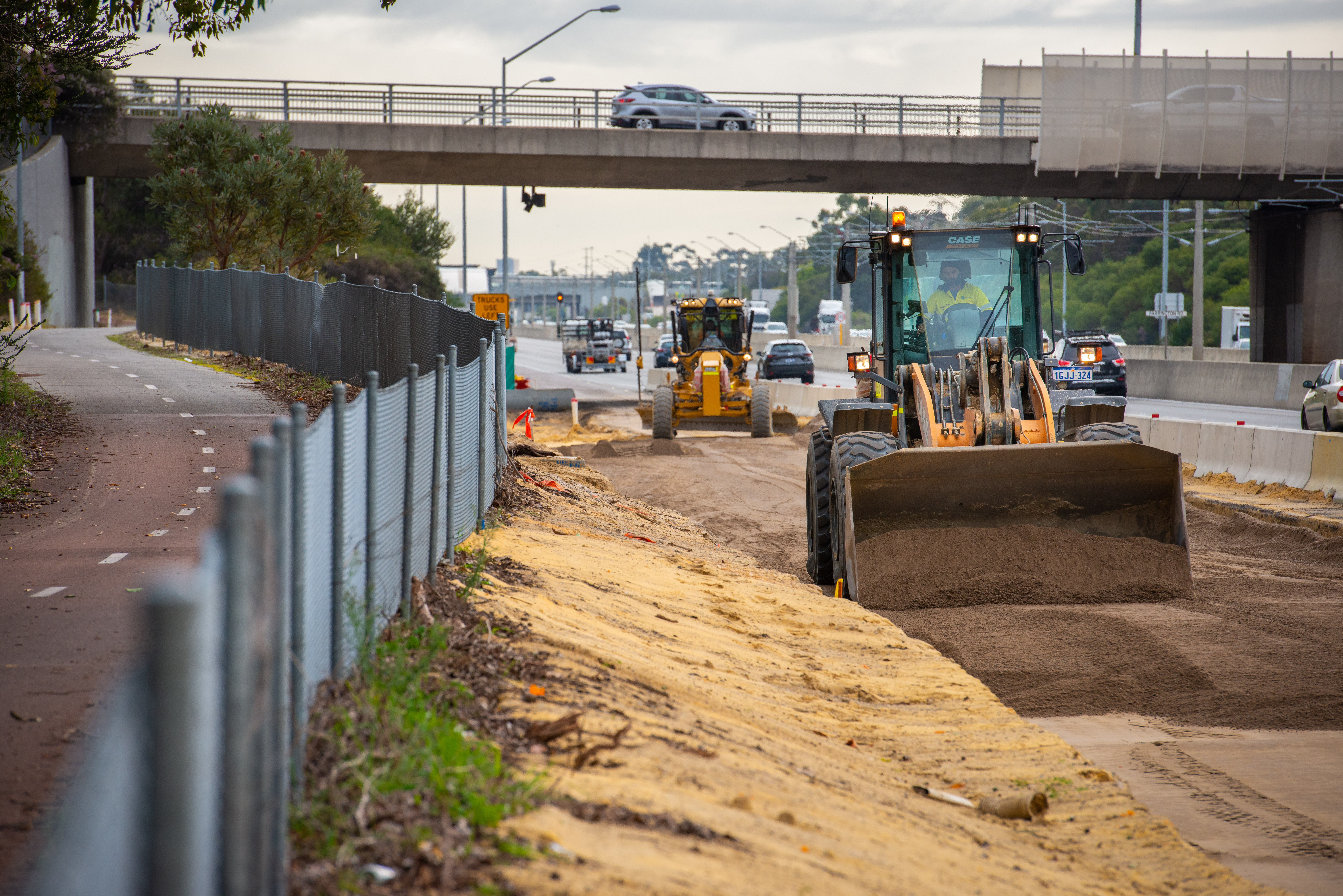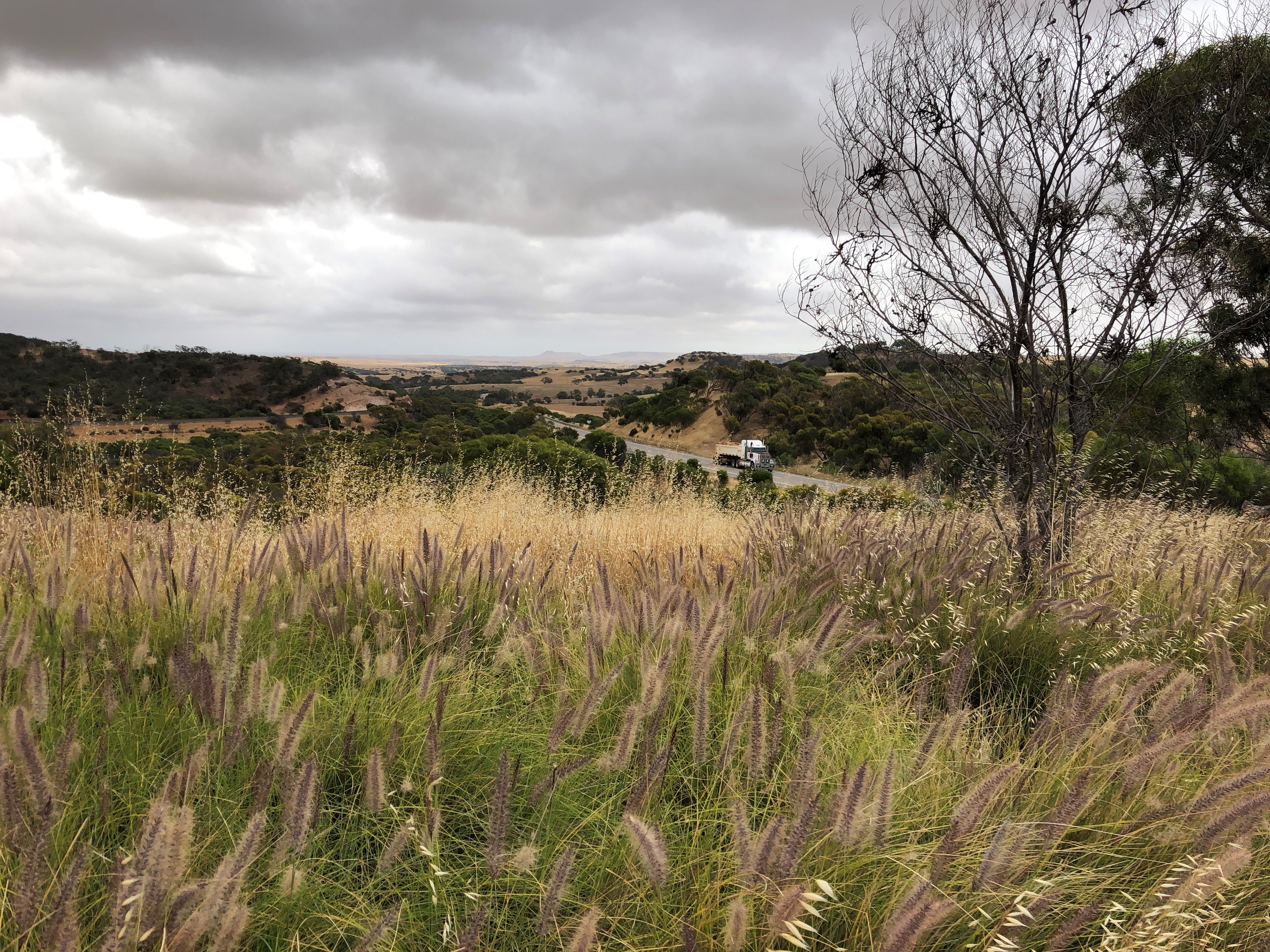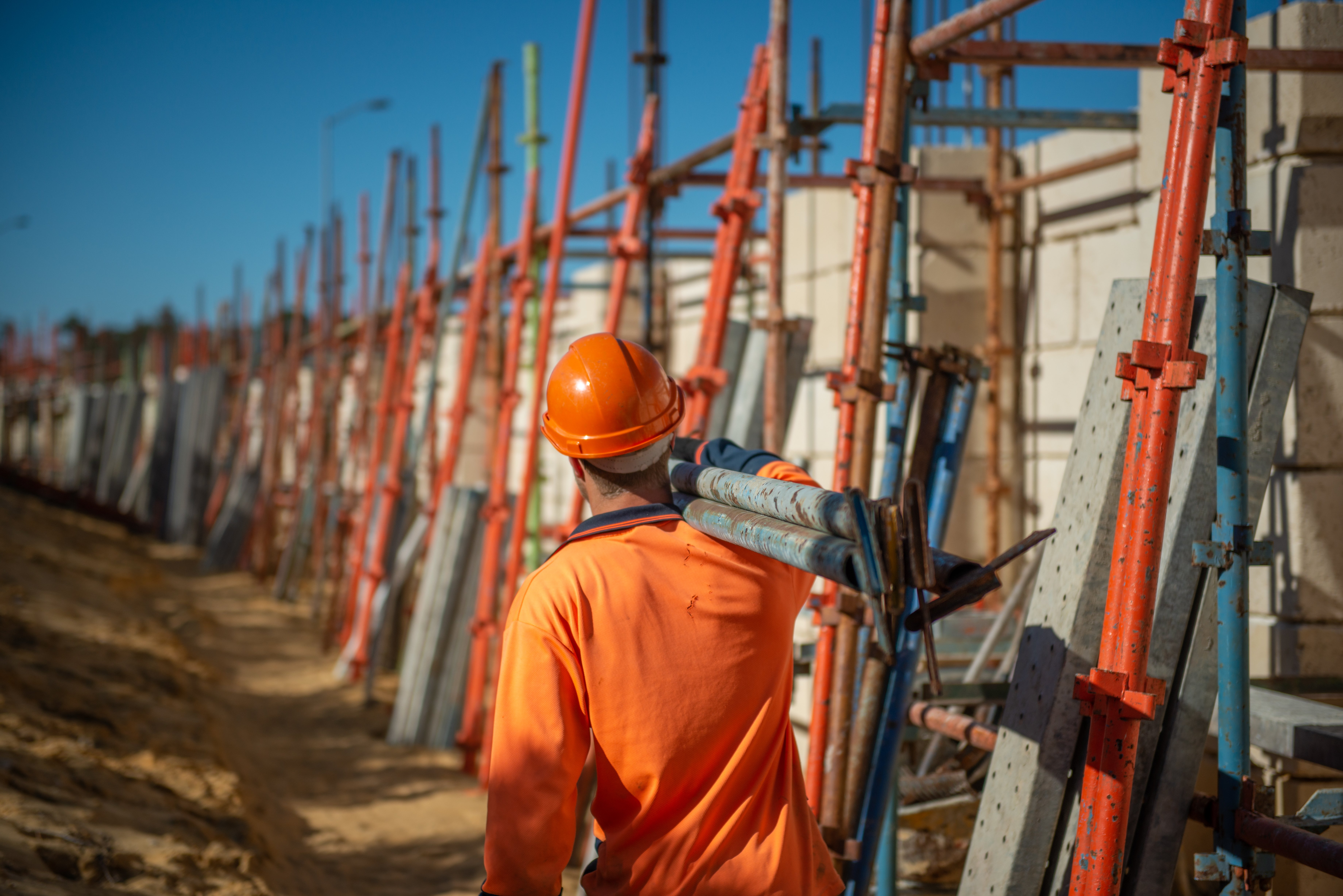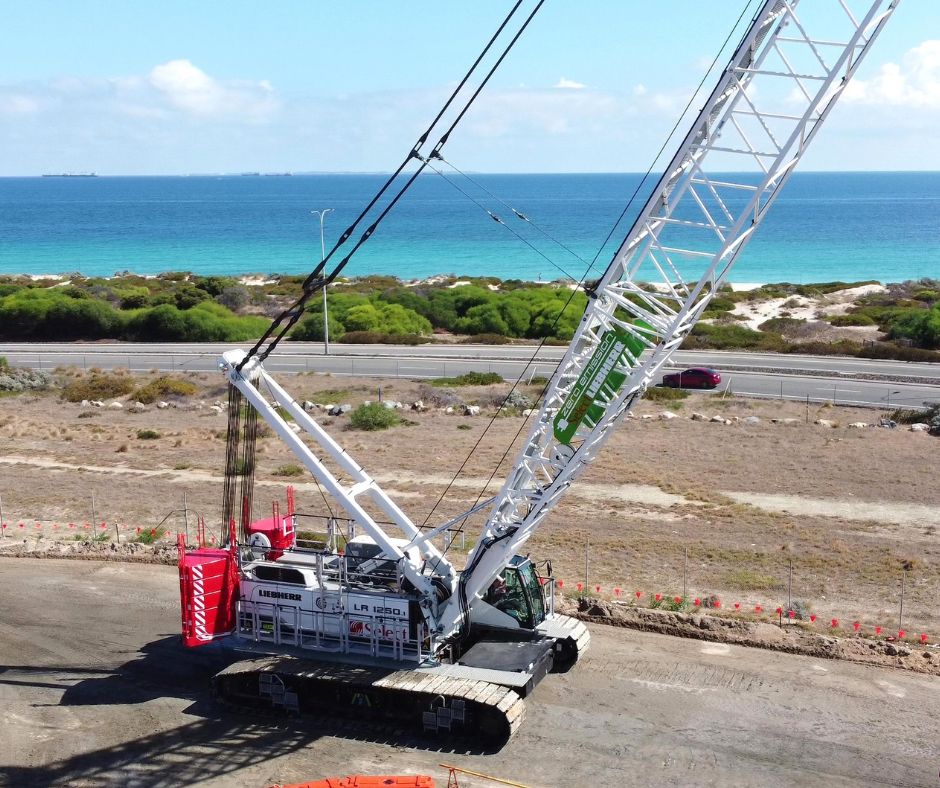Sustainability
Sustainability is the commitment to 'creating lasting benefits through an integrated consideration of social, environmental and economic aspects in all that we do'.
For us, it really means meeting the needs of today without compromising the needs of future generations.
Our Sustainability Policy outlines our commitment to delivering sustainable road and transport infrastructure and is underpinned by six key aspects:
- Sustainable Transport
- Climate Change Resilience
- Environmental Footprint
- Positive Social Change
- Behaviour
- Governance & Performance
- Positive Economic Legacy
These aspects were determined through consultation with our Transport Portfolio partners and various industry stakeholders.
Our Policy and interpretation of sustainability is based on the definitions within the State Sustainability Strategy 2003.





